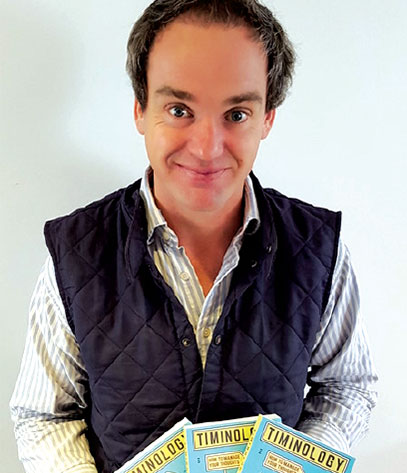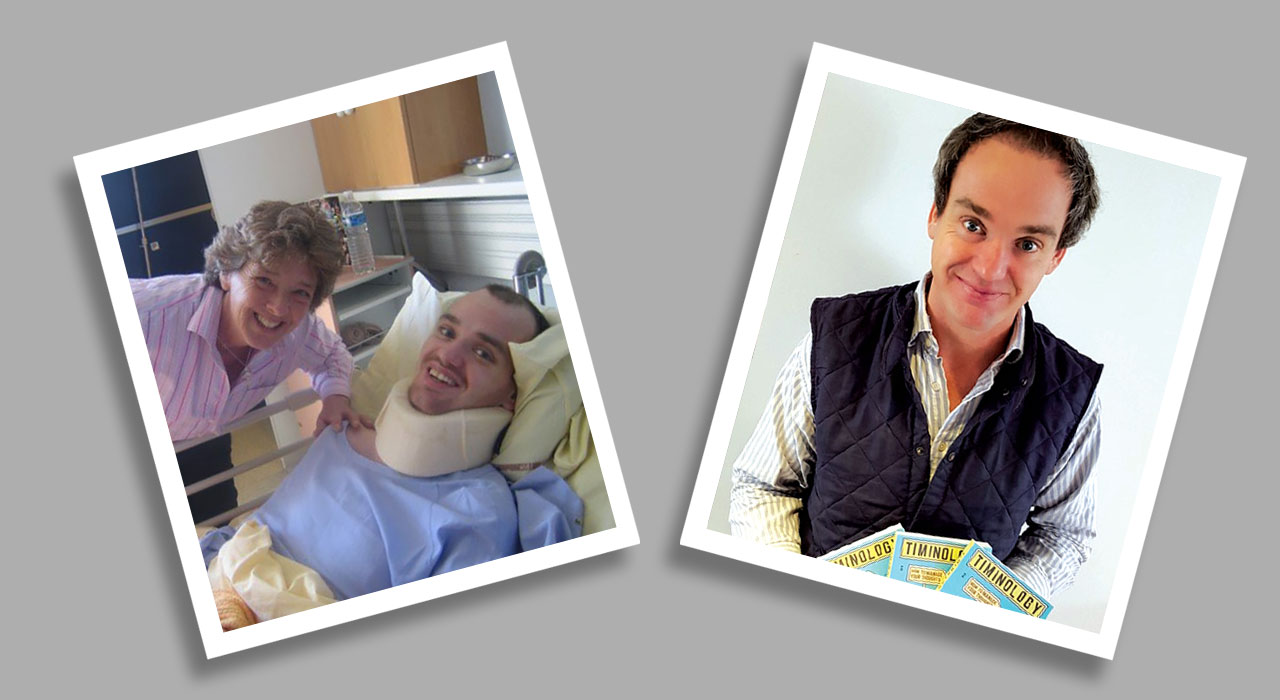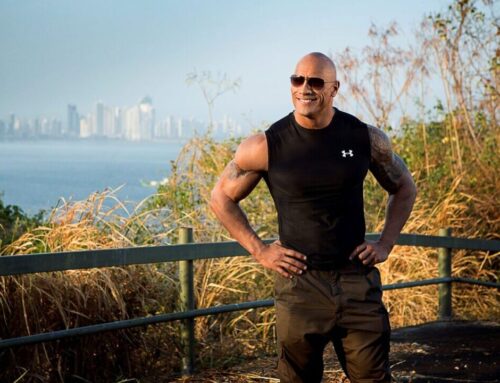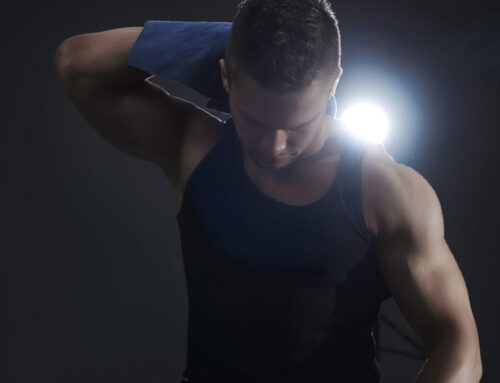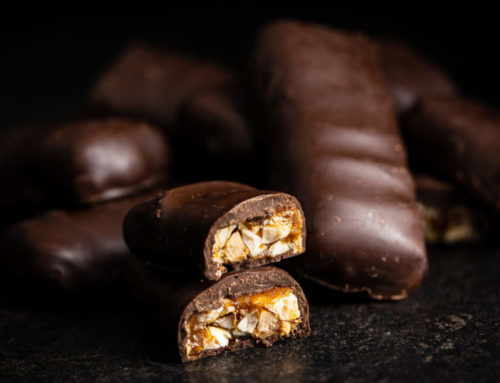Tim Leach’s life was transformed when a skiing accident left him in a coma. Now he’s using the experience to help himself and others thrive.
Q. Tell us about your accident?
Eleven years ago, I was in Meribel enjoying a ski season with some friends. I was an experienced skier and a fit guy, but in February 2007 I – very simply – skied off of a cliff. My injuries were life-threatening: I broke my neck and back, snapped my cruciate ligament, shattered my left ankle and smashed my head so hard that my only hope of survival was to be placed in an induced coma for three weeks.
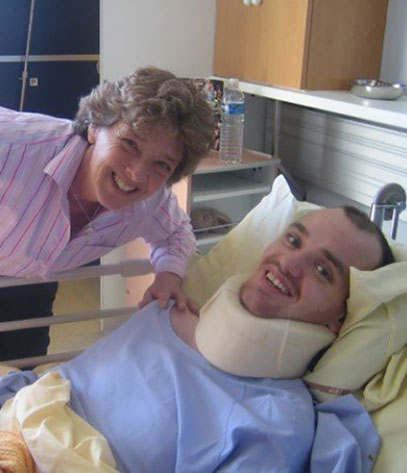
Q. What were the biggest obstacles you faced afterwards?
I thought I was the unluckiest person on earth – but my injuries could have been much worse; I could have been completely paralysed or even dead. It took months before I was able to walk, which saw me undergoing months of physio and hydrotherapy.
My determination eventually saw me through the darkest days. I’ll never be able to run again, but I now use cycling, swimming, cross-training and rowing to keep fit. Mentally, the scariest thing was a condition called “prosopagnosia” or facial “blindness”. If I met someone new, I wouldn’t recognise them the next day. It terrified me, but after years of working on my inner self and the troubling thoughts associated with it, I’ve accepted it and overcome the problem.
Q. Were you into fitness before the accident?
I was always active – skiing and running at every opportunity. In my 20s, I loved marathons and quadrathlons (swimming, running, cycling and kayaking). I would get into a hardcore training routine. Sadly, I sometimes found it hard to keep up my fitness regime if I didn’t have an impending race. I needed a goal. After my injury rehab, initial “workouts” involved learning and building confidence to walk again. Slowly, I started to push myself.
The endorphin hit I received after each session gave me the motivation to keep going, and had a positive effect on my negative mental state from being bed-bound. After moving to London, I made the effort to walk everywhere.
Q. Did your diet help with recovery?
Before the accident, if I didn’t have a specific endurance race to compete in, I’d often find the allure of a pasty and pint of cider far outweighed my drive to stay in shape.
But after the accident, and so much hospital food, I started to develop an interest in nutritional wellness to look after myself. With this passion, together with my brother-in-law, we formulated a foolproof guide to nutrition and eating healthily. I live by the 80/20 rule: healthy 80 per cent of the time, and indulging the other 20.
Q. How do you manage to stay motivated now?
It was very hard for me initially, but I now view my accident as a blessing in disguise and something that has led me to a place I probably wouldn’t have reached, had the accident not occurred.
Before, I’d often fill my life with negativity. Now, I’ve embraced mindfulness and I meditate each day. Combined with exercise and nutrition, I’m happier now than ever.
Q. What are your current and your future goals?
My current goal is to tell my story and I’ve done that in a very real way by writing a book called Timinology which I describe as ‘a light-hearted lifestyle approach for the timestrapped’. I also provide life consultancy services and run eight-week mindfulness courses. In addition, I give talks to students, teachers and parents about living a happier life. My goal is to help as many people as possible with my message.
